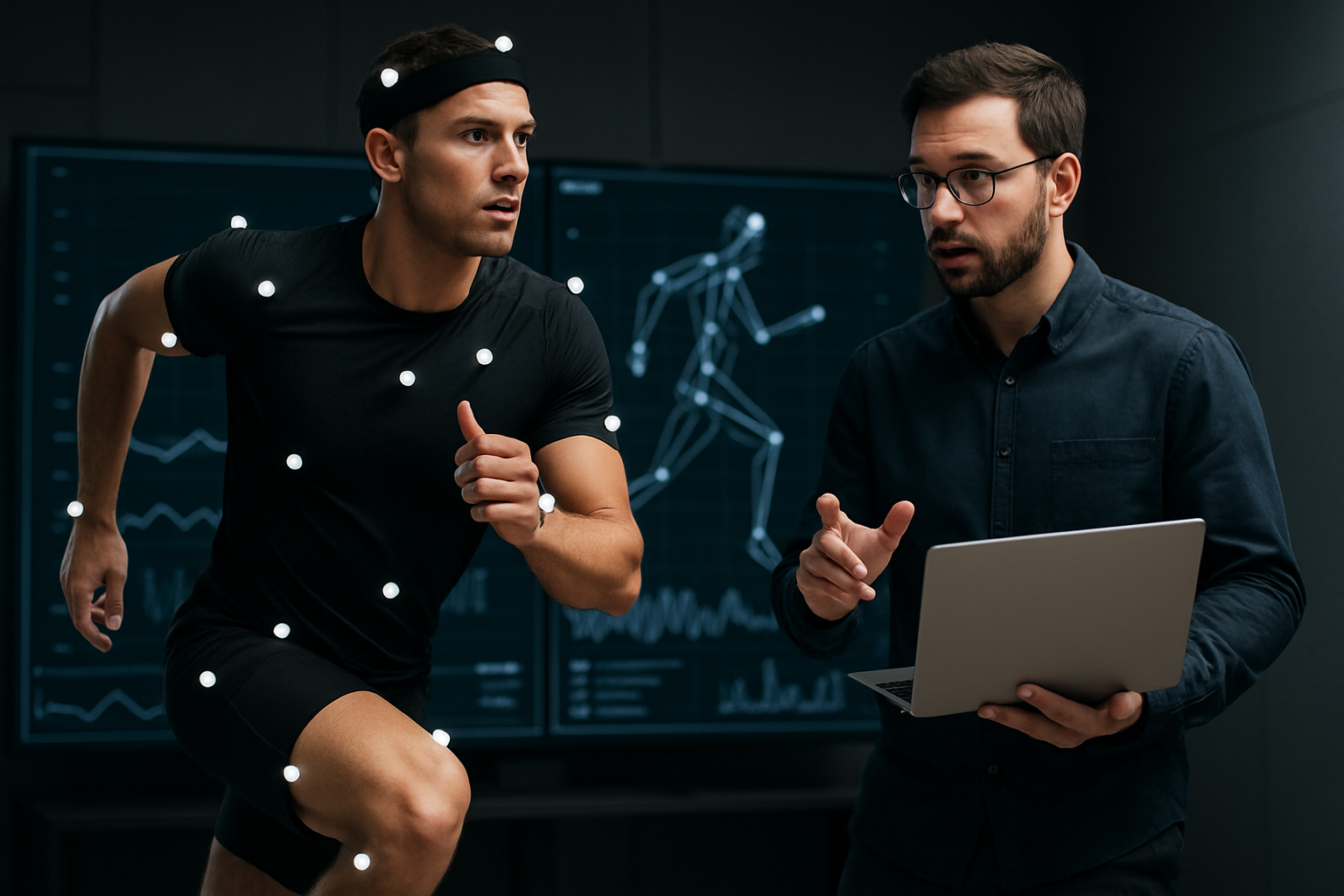Monitoring load: simple methods to track training stress
Monitoring training load helps athletes and recreational exercisers balance conditioning, recovery, and progress. Simple methods—ranging from perceived exertion scales and sleep tracking to basic wearable metrics—can reveal when to adjust volume, focus on mobility, or improve nutrition and hydration. Understanding load supports safer progression and targeted rehabilitation over time.

Monitoring training load means tracking how much stress training places on the body and how well someone recovers. That context helps guide adjustments to conditioning and programming so endurance, strength, and flexibility improve without excessive injury risk. Practical monitoring blends objective data, subjective feedback, and attention to biomechanics, sleep, nutrition, hydration, mobility, and rehabilitation needs. Regularly checking these elements supports periodization plans and keeps training sustainable while protecting long-term performance.
This article is for informational purposes only and should not be considered medical advice. Please consult a qualified healthcare professional for personalized guidance and treatment.
What is training load and how to monitor it?
Training load typically refers to the combination of external work (distance, weight, sets) and internal response (heart rate, perceived effort). Monitoring involves simple tools: session RPE (rating of perceived exertion) multiplied by duration gives a quick internal load estimate; heart rate zones track cardiovascular strain; and tracking repetitions, sets, or miles measures external load. Pairing load metrics with sleep, hydration, and nutrition notes helps interpret whether an athlete is adapting or accumulating excessive stress. Including basic biomechanical checks—like tracking unusual soreness or movement changes—adds context for potential overuse.
Can wearables and basic tech assist with monitoring?
Wearables provide accessible metrics such as heart rate variability (HRV), resting heart rate, and activity counts that reflect recovery and autonomic balance. They can flag elevated resting heart rate or low HRV after heavy sessions, indicating the need for reduced load or extra recovery. Devices are most useful when combined with subjective reports about sleep quality, perceived recovery, and nutrition; wearables inform conditioning and endurance planning but do not replace sensible periodization and listening to the body. Simple step counts and training time also help quantify daily load for non-elite users.
Which subjective and objective measures should you use?
Subjective tools are quick and informative: session RPE, sleep quality ratings, and daily wellness scales for mood, soreness, and motivation. Objective measures include heart rate, HRV, training volume (miles, sets, kilograms), and simple performance tests like timed runs or strength reps. Track hydration and nutrition patterns alongside sleep to understand recovery capacity. When soreness or reduced performance appears, introduce targeted rehabilitation and mobility sessions rather than only reducing intensity; this approach preserves strength and flexibility while addressing underlying issues.
How do periodization and rehabilitation fit into load management?
Periodization structures load and recovery across phases—microcycles, mesocycles, and macrocycles—so conditioning and strength gains occur incrementally. Monitoring informs when to progress, maintain, or deload: consistent declines in performance or poor sleep and nutrition signals often require a taper or active recovery phase. Rehabilitation after injury should integrate progressive loading principles and monitor biomechanics and movement quality; careful tracking of pain, range of motion, and functional tests helps guide safe return. Proper sequencing of endurance, strength, and flexibility work reduces reinjury risk.
Why include mobility, flexibility, and biomechanics in tracking?
Mobility and flexibility influence movement patterns and force distribution; deficits can increase load on vulnerable tissues. Simple mobility screens and periodic flexibility checks identify areas needing intervention. Observing biomechanics during common tasks—running gait, squat depth, or shoulder mechanics—helps detect compensations that raise local training stress. Adding short mobility routines into the weekly plan supports recovery and performance, and monitoring progress in range of motion provides actionable feedback for coaches and athletes.
Which practical routines make monitoring sustainable?
Keep monitoring simple and consistent: log session RPE and duration, note sleep hours and quality, track daily hydration and basic nutrition habits, and record any pain or mobility limitations. Use one wearable metric (resting heart rate or HRV) if you want objective daily feedback. Perform a weekly conditioning or strength benchmark to spot trends in endurance and power. For rehabilitation or chronic issues, coordinate monitoring with a clinician or therapist to align progression with recovery markers and avoid premature load increases.
Conclusion Simple, structured monitoring of load blends subjective scales, a few objective metrics, attention to sleep, hydration, and nutrition, and targeted mobility checks informed by biomechanics. When integrated into a periodized plan and paired with sensible rehabilitation strategies, these methods help maintain progress in conditioning, endurance, strength, and flexibility while reducing injury risk and supporting long-term recovery.





